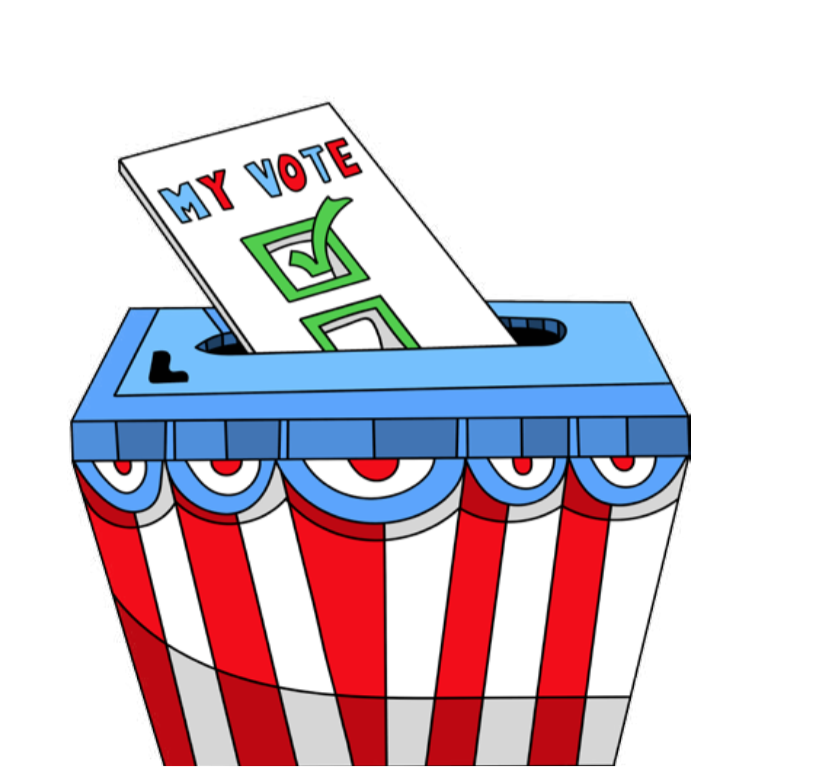2018 Midterm: Why Voting in New York Matters
Many people in New York, particularly those in the city, have reservations about voting, especially in the midterm elections. The midterm elections are those held every four years, in the middle of the President’s term. The most prominent elections in New
York are those of Congressmen (they make up the House of Representatives and have two-year terms), those of Senators (they make up the Senate and have six-year terms) and the gubernatorial election. However, there are also mayoral elections and other more local elections for state legislatures. Due to New York being blue in recent elections, many think that their votes will not make a difference. However, this attitude surrounding voting is
inaccurate for a few reasons.
One reason to vote in the midterm elections (on November
6th) is because state legislatures and city governments pass legislation much more often than the federal government. In addition, people from a variety of political opinions get elected in New York, making it all the more important to cast your vote, especially on the local level. The work done by our state legislature and city government impacts numerous aspects of our lives, including the water we drink, the roads we drive on, and the social initiatives we experience.
Some voters feel they are not informed enough to make an educated decision. Although staying informed on the candidates and their views can be difficult, especially in smaller elections, one tool that can help is votesaveamerica.com, a platform founded by Crooked Media (most well known for the political podcast “Pod Save America”). The goal of the website is to make political engagement as easy as possible. On the website, you can enter your address and be given a model ballot for your district. This model includes every election, the
candidates, and their stances on both major political and local issues. On the website, visitors can pick a candidate for each race after reading a quick summary and then download or print a copy of the filled out ballot to bring with them to the polls. Using these resources, the public can make an informed decision without having to worry about forgetting the name of a candidate.
One candidate who is receiving a lot of coverage is Alexandria Ocasio-Cortez. She won the Democratic primary in New York’s 14th Congressional District against longtime incumbent and Democratic leader Joe Crowley. An incumbent is someone who is in office at the time of election and as a result, usually has some advantage if they run again. That being said, Ocasio-Cortez’s victory shows the power of local organizing and pushing for turn out.
Not only was her grassroots primary campaign a clear example of the power that increasing turnout has in elections, but it also engaged citizens who traditionally have not voted, such as people under the age of 24. In addition, she has now become the face of the Democratic Socialist movement (a movement promoting a democratic control over the economy and society to meet public needs instead of profits for the few), but some argue that her progressive views are creating a divide within the Democratic Party. This primary win, in an often ignored district in the Bronx and Queens, has spurred a national debate surrounding the future of the Democratic Party.
Even though local elections are exciting enough on their own, there are also federal and larger statewide elections occurring in New York in 2018. Most notable are the gubernatorial, relating to state governors, and senate races. Governor Andrew Cuomo is up for reelection after being challenged in the heated Democratic primary by Cynthia Nixon, and Senator Kirsten Gillibrand is running for reelection against Chele Farley. Due to New York historically going Democratic, both Cuomo and Gillibrand are favored to win, but, as always, nothing is guaranteed until people actually go to the polls. In addition, they are considered presidential hopefuls for the 2020 Democratic primary. As a result, they will both want strong wins in their respective races to gain momentum before launching a national campaign.
In the last midterm election, only 1 in 5 people under the age of 24 voted. Young people are the least likely to vote out of any age demographic; therefore, they are severely underrepresented in the electorate. Voter turnout drops severely in midterm elections compared to presidential ones, and races are often decided largely by turnout. Real legislative change comes from all levels of government, and the power to decide who represents us on a local, state, and federal level is essential to our democracy. So if you are eligible this November, vote. Elections of all sizes can be decided by a few votes, and voting is an easy and direct way to influence the policy which impacts all of our lives.


























